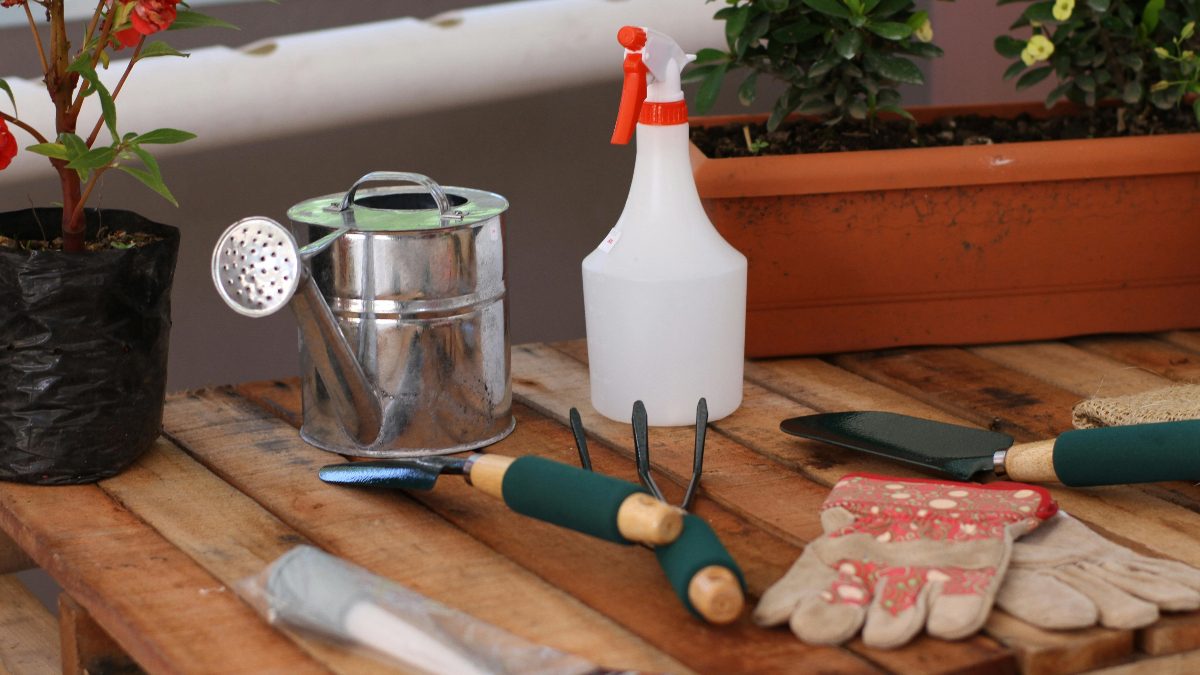Airline Policies and TSA Regulation
Understanding the Rules Regarding Power Tools in Carry-On and Checked Luggage
For travelers who are avid DIY enthusiasts or professionals reliant on their power tools, the question of whether power tools can be brought on a plane is a crucial one. Airlines and the Transportation Security Administration (TSA) have strict regulations regarding the transportation of power tools, both in carry-on and checked luggage. While some power tools are permitted in both types of luggage, others are restricted or prohibited altogether due to safety concerns.
The TSA maintains a comprehensive list of items that are allowed and prohibited in carry-on and checked luggage, including power tools. Generally, power tools such as drills, saws, and sanders are allowed in checked luggage but not in carry-on bags due to their potential as security risks. However, certain smaller power tools with non-removable blades or less than 7 inches in length may be allowed in carry-on bags, subject to TSA discretion.
Each airline may also have its own specific policies regarding the transportation of power tools. Some airlines may allow certain types of power tools in carry-on bags if they are properly packed and meet size and weight restrictions, while others may require all power tools to be transported in checked luggage. It’s essential for travelers to check with their airline before packing power tools to ensure compliance with their policies.

Safety Considerations and Risk Mitigation
Evaluating the Safety Implications of Bringing Power Tools on a Plane
Safety is paramount when considering whether power tools can be brought on a plane. Power tools, especially those with sharp blades or moving parts, pose inherent risks during transportation. In a confined aircraft cabin, the potential for accidents or injuries involving power tools is significantly higher, making it essential for travelers to exercise caution and adhere to safety protocols.
Power tools must be properly secured and packed to prevent damage during transit. Blades should be securely fastened or removed, and any loose parts should be tightly secured to prevent shifting or movement. Additionally, travelers should consider the weight and size restrictions imposed by airlines and ensure that their power tools comply with these requirements.
Moreover, travelers should be mindful of the potential for power tools to cause disruptions or delays during the security screening process. TSA officers may need to inspect power tools more thoroughly, leading to additional screening procedures and potential delays for other passengers. To mitigate these risks, travelers should pack their power tools in a manner that facilitates easy inspection and minimizes the likelihood of security concerns.

Legal and Regulatory Considerations
Exploring the Legal Implications of Bringing Power Tools on a Plane
In addition to safety considerations, travelers must also be aware of the legal and regulatory implications of bringing power tools on a plane. While the TSA establishes guidelines for what can be brought on board an aircraft, individual countries may have their own regulations governing the transportation of power tools across borders.
Travelers should familiarize themselves with the customs and import regulations of their destination country to ensure compliance with local laws regarding power tools. Certain countries may prohibit the importation of specific types of power tools or impose restrictions on their use, requiring travelers to obtain special permits or licenses for their transportation.
Moreover, travelers should be aware of any international agreements or treaties that may impact the transportation of power tools across borders. For example, the International Civil Aviation Organization (ICAO) sets standards and recommended practices for aviation security, which member states are expected to adhere to when establishing their own regulations.
By understanding the legal and regulatory landscape surrounding the transportation of power tools, travelers can avoid potential legal issues and ensure a smooth and hassle-free travel experience.

Alternatives to Bringing Power Tools on a Plane
Exploring Alternative Solutions for Traveling Power Tool Enthusiasts
For travelers who are unable to bring their power tools on a plane due to safety, regulatory, or logistical constraints, there are alternative solutions available to meet their needs. One option is to ship power tools to their destination ahead of time using a reputable shipping service. By shipping power tools separately from their luggage, travelers can avoid the hassle of navigating airline regulations and ensure that their tools arrive safely and securely at their destination.
Another alternative is to rent or purchase power tools at the destination. Many cities and towns have hardware stores or equipment rental shops where travelers can easily access a wide range of power tools for their projects. While this option may require additional planning and expense, it offers the convenience of not having to transport bulky or heavy tools during travel.
Additionally, travelers can consider using portable or compact power tools that are specifically designed for travel. Many manufacturers offer lightweight and portable versions of popular power tools such as drills, saws, and sanders that are ideal for travel and can be easily packed in luggage or carry-on bags.
By exploring these alternative solutions, travelers can continue to pursue their DIY projects or professional work without the need to bring bulky or potentially hazardous power tools on a plane.

Best Practices for Traveling with Power Tools
Tips and Recommendations for Travelers Bringing Power Tools on a Plane
For travelers who are permitted to bring power tools on a plane, whether in carry-on or checked luggage, there are several best practices to ensure a smooth and hassle-free travel experience. First and foremost, travelers should carefully review the TSA guidelines and their airline’s policies regarding the transportation of power tools to ensure compliance with all regulations.
When packing power tools, travelers should take care to properly secure and protect them to prevent damage during transit. Blades should be removed or securely fastened, and any loose parts should be tightly secured to prevent shifting or movement. Additionally, travelers should consider using padded or protective cases to further safeguard their power tools during travel.
It’s also important for travelers to be mindful of weight and size restrictions imposed by airlines, especially for checked luggage. Oversized or overweight luggage may incur additional fees or be subject to special handling procedures, so travelers should check with their airline in advance to avoid any surprises at the airport.
During the security screening process, travelers should be prepared to declare their power tools to TSA officers and follow any instructions regarding inspection or handling. Being cooperative and proactive during the screening process can help expedite the security screening and minimize delays for other passengers.
By following these best practices and taking the necessary precautions, travelers can safely and responsibly bring power tools on a plane, ensuring a stress-free travel experience while adhering to all relevant regulations and guidelines.
